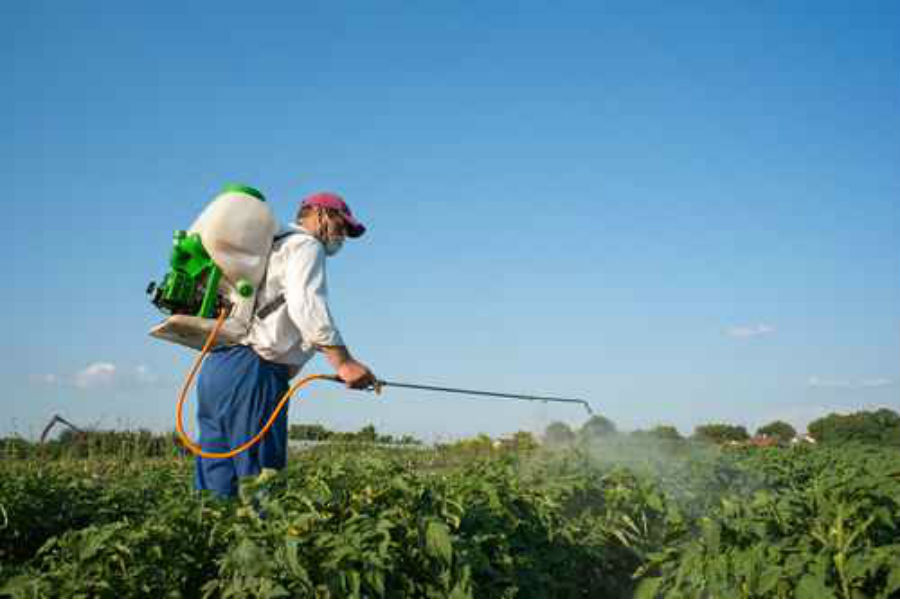

If you live in a region where the ground is usually frozen by midwinter, you can put your tree outside in a sheltered area, heavily mulch the root-ball, and wait for the soil to thaw enough to proceed with planting. After planting, spread two to three inches of mulch and water around the base, and wait until spring to fertilize. It's okay to leave natural burlap around the roots, but treated burlap or nylon should be removed. Prepare the tree for its new home by putting it in a moderately cool area, like a garage, for a week or so before placing it in the ground. If you live in a region where winters are mild, you can till an area four to five times the size of the root-ball, dig a hole, and cover the soil with enough straw or mulch to keep it from freezing. Ideally, it should be inside for less than a week.

Since most trees go dormant in winter, you risk waking yours up if you keep it indoors too long. If your tree is not potted, put the root-ball in a bucket a live tree may need as much as a gallon of water every day. Place the tree away from heaters or direct sunlight to prevent it from drying out. The larger the tree, the more likely it will suffer from transplant shock, so pick a smaller one (no larger than five feet). First make sure you've selected a species compatible-and preferably native-with your local environment, such as white pine in Maine or Douglas fir in Washington. A few handy tips will greatly increase its odds of surviving once it's outdoors again. The best addition to your holiday household is a live tree with the root-ball still attached, since it can be replanted following your festivities. Long after the lights and tinsel are packed away for the season, a real tree can be a gift to wildlife. If you follow some tried-and-true advice both before and after you buy it, you can have your tree and save it, too. Is cutting down a tree really being a good friend of nature, though? Well, yes. Department of Agriculture, and each year more than 32 million trees are sold for the holidays. In the United States today about half a million acres of land are used by 22,000 Christmas tree growers, according to the U.S. But, oh, have we come a long way since then. It wasn't until 1851 that Mark Carr hauled two ox sleds loaded with trees from the Catskill Mountains to the streets of New York City and opened the country's first Christmas tree lot. The quaint foreign custom took a while to catch on in the United States. Then, about 500 years ago in Latvia, the first Christmas trees were born. Egyptians gathered palm branches for fertility Romans trimmed evergreens to honor their sun god Druids hung apples and candles on oak trees to mark the winter solstice. Long before the plastic, pre-lit, silver-spritzed $39.99 special took the holidays by storm, people were decorating natural trees for celebrations.


 0 kommentar(er)
0 kommentar(er)
